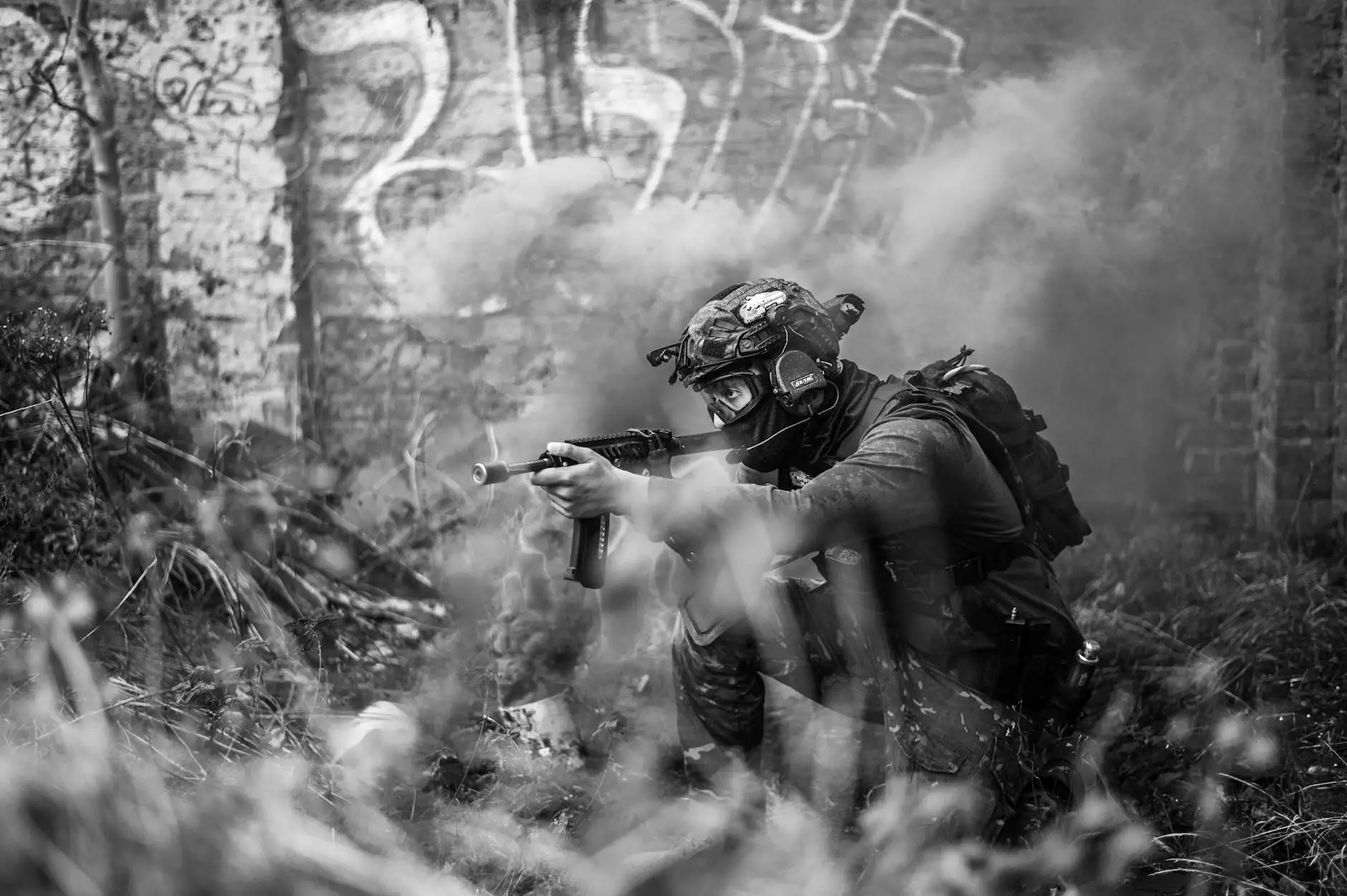Mastering the Art of Bending Stainless Steel Plates

Bending stainless steel plate is a critical process in the metal fabrication industry, ensuring that materials meet the specific requirements of diverse applications. Stainless steel, known for its durability, corrosion resistance, and attractive finish, is a preferred choice in various sectors, including construction, automotive, and food processing.
Understanding the Basics of Bending Stainless Steel Plates
Bending involves the application of force to deform the metal along a specified axis. The aim is to achieve a desired angle or shape without compromising the material’s integrity. This process is fundamental in providing custom parts that meet intricate design specifications.
Properties of Stainless Steel That Facilitate Bending
To effectively bend stainless steel plates, it's essential to understand their unique properties. Key characteristics include:
- Corrosion Resistance: Stainless steel contains chromium, which forms a passive layer protecting it from rust and degradation.
- Strength and Ductility: High tensile strength combined with ductility allows for precise bending without cracking.
- Temperature Tolerance: Stainless steel can withstand high temperatures, making it suitable for various applications.
The Bending Process: Step-by-Step
The actual process of bending stainless steel plate involves numerous steps, each crucial for achieving a successful bend.
1. Selecting the Right Equipment
Choosing the appropriate bending equipment is vital. Common options include:
- Press Brakes: Hydraulic or mechanical machines that offer precision bending capabilities.
- Roll Benders: Ideal for producing curved shapes from sheets of varying thickness.
- Hand Tools: Useful for small-scale projects or adjustments on the job site.
2. Preparing the Material
Preparation involves cutting the stainless steel plate to size and ensuring clean edges. Proper preparation helps mitigate issues during the bending process.
3. Bending Technique
Several bending techniques are widely used:
- Air Bending: Involves placing the sheet against a die with force applied until the plate bends to the desired angle.
- Bottom Bending: Uses a die that fully supports the plate, allowing for tighter tolerances.
- Coining: Involves pressing the metal into a die for a precise and permanent deformation.
4. Quality Checks
Post-bending, inspections are necessary to ensure that the angles and dimensions meet the required specifications. Common methods include:
- Visual Inspections: Identifying any visible defects or imperfections.
- Measurement Tools: Calipers and protractors help assess the accuracy of bends and angles.
- Tensile Testing: Used to determine the material's strength after bending.
Benefits of Bending Stainless Steel Plates
The benefits derived from bending stainless steel plates make it a favored choice in crafting custom metal parts:
1. Versatility in Design
Bending allows for the creation of a myriad of shapes and forms, enabling designers to innovate without limitations. Whether it’s for industrial machinery or consumer products, the design possibilities are extensive.
2. Enhanced Strength
Through proper bending processes, the strength of the stainless steel can be optimized, reinforcing the part's functionality in critical applications.
3. Cost-Effectiveness
Custom-bend solutions reduce waste and material costs in the long run. Efficient bending minimizes the need for additional components, leading to significant savings.
Applications of Bending Stainless Steel Plates
1. Architectural Elements
In architecture, bent stainless steel is often used in railings, decorative facades, and structural support elements. The aesthetic appeal combined with strength makes it an ideal choice.
2. Automotive Industry
Automobile manufacturers utilize bent stainless steel for frames, exhaust systems, and other components, where durability and resistance to corrosion are crucial.
3. Food Processing Equipment
Bending stainless steel plates is vital in creating sanitary and durable equipment that meets health standards in food processing applications.
Challenges in Bending Stainless Steel Plates
Despite the advantages, bending stainless steel plates comes with challenges that must be managed effectively:
1. Work Hardening
Stainless steel can become hardened during the bending process, leading to complications if not properly accounted for. To mitigate this, using appropriate tools and techniques is essential.
2. Fracturing
Without proper techniques, stainless steel may fracture during bending. It is vital to ensure the correct bend radius and tooling is used to prevent this.
Choosing the Right Fabricator for Bending Stainless Steel Plates
Selecting a skilled metal fabricator is crucial to ensuring high-quality results. Here are key factors to consider when choosing a provider:
- Experience and Expertise: Look for a fabricator with a proven track record in bending stainless steel plates.
- Quality Control Measures: Ensure they have stringent quality checks throughout the production process.
- Portfolio of Past Projects: Review their previous work to gauge their capability and craftsmanship.
Conclusion: The Future of Bending Stainless Steel Plates
As industries evolve, the demand for innovative solutions in bending stainless steel plates continues to grow. With advancements in technology and increased emphasis on customization, the potential for this process is boundless. Companies like goldecosteel.com are at the forefront, leveraging expertise in metal fabrication to meet complex requirements efficiently.
In summary, bending stainless steel plates is not merely a technical process; it is an essential art that combines engineering with creativity. As we look towards the future, embracing developments in this field will undoubtedly lead to optimized production processes, resulting in enhanced durability and functionality of metal parts across all sectors.









